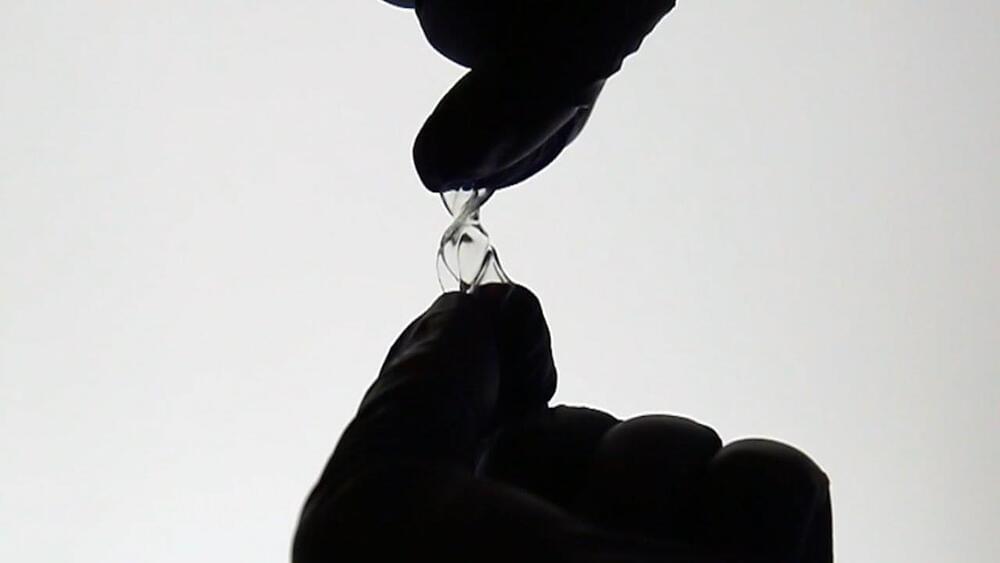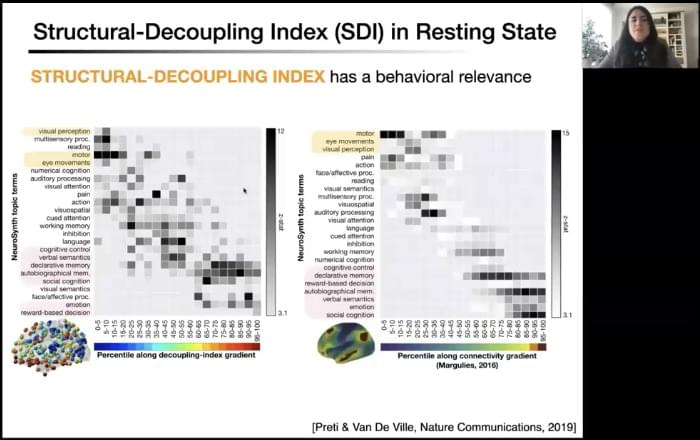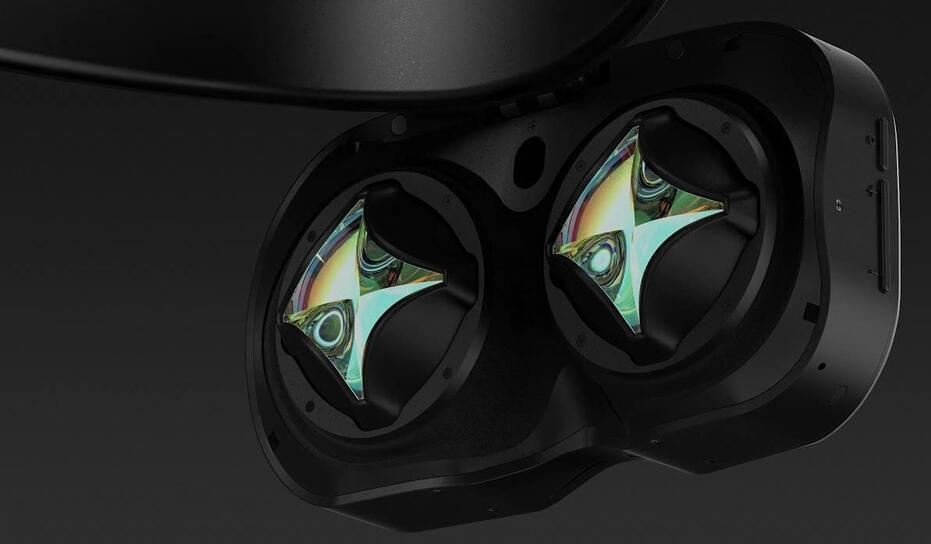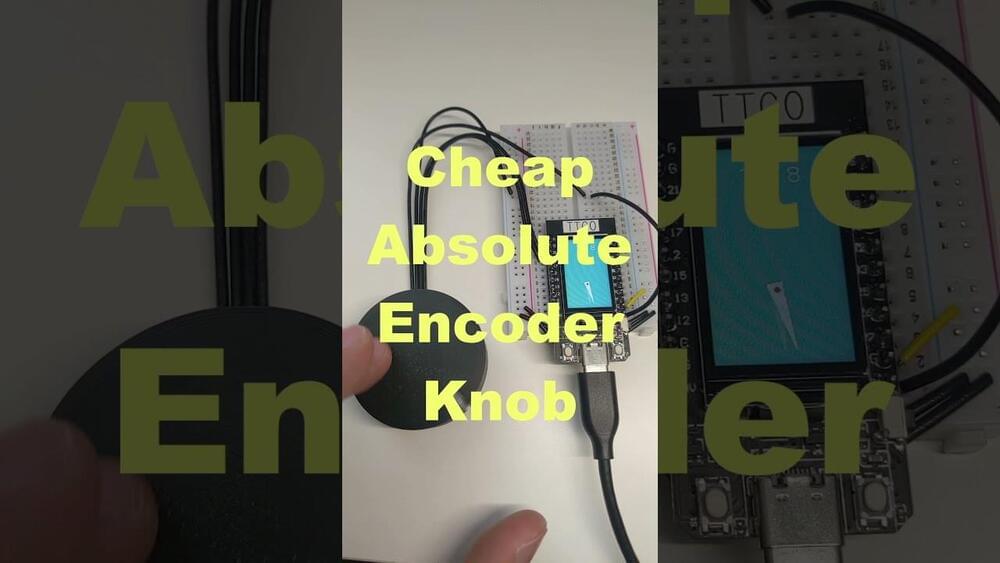Nov 10, 2021
Dr. Björn Örvar, PhD, CSO, EVP, Co-Founder, ORF Genetics — Designing Plants To Bring Quality Of Life
Posted by Ira S. Pastor in categories: biotech/medical, business, genetics
Designing Plants To Bring Quality Of Life — Dr. Björn Örvar, Ph.D., CSO, EVP, Co-Founder, ORF Genetics (Iceland)
Dr. Björn Lárus Örvar, Ph.D. is Chief Scientific Officer, Executive VP of Business Development, and a Co-Founder of ORF Genetics (https://www.orfgenetics.com/), an innovative plant biotechnology company and a pioneer in developing and manufacturing high-quality recombinant proteins, such as growth factors, derived from barley plants.


















